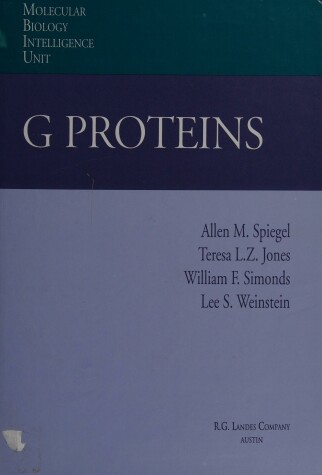Molecular Biology Intelligence Unit
4 total works
This book discusses the heterotrimeric GTB-binding proteins (G proteins) that couple a vast array of receptors for extracellular signals to diverse effectors such as enzymes of second messenger metabolism and ion channels. The focus is on mammalian G proteins, but a chapter on G proteins in diverse invertebrates is included. The role of abnormal G proteins in human diseases is examined, both in terms of those disorders in which specific G protein mutations have already been identified as well as those disorders for which the evidence is less definitive.
Phylogenetic Perspectives in Immunity
by J.A. Hoffman, etc., C.A. Janeway, and S Natori
Published 1 January 1994
The potent immune response of insects shares many of the characteristics of the mammalian acute phase response. This book discusses developments in the field of first line defence (antibody immunity). These developments focus on: the recognition of non-self; control of gene expression; and structures and activities of the induced molecules.
This study explores the rate of molecular evolution in mammals. Various methods of comparative analysis have been applied to different kinds of molecular data in attempts to resolve the issue. The choice of molecular data, and more importantly, the different assumptions made in the analysis, have resulted in contrasting conclusions being drawn. These assumptions are critically evaluated and the conclusion is drawn that, for "silent" DNA, the molecular clock hypothesis cannot be rejected. For amino acids, the clock hypothesis is rejected, and this appears to reflect the action of natural selection. The implications of the DNA clock in relation to the pattern of mammalian evolution and the process of mutation are discussed.
This book is about Drosophila retrotransposons, which were the first eukaryotic mobile DNA elements discovered at the molecular level. Both passive and active inhabitants of the eukaryotic genome, they can influence its stable components and at the same time be subject to various types of cellular control. The book covers different aspects of their structure and expression, replication and transpositions, their interaction with the host cell, their role as important factors of genetic instability and essential contributors to the structure and evolution of the Drosophila genome.


